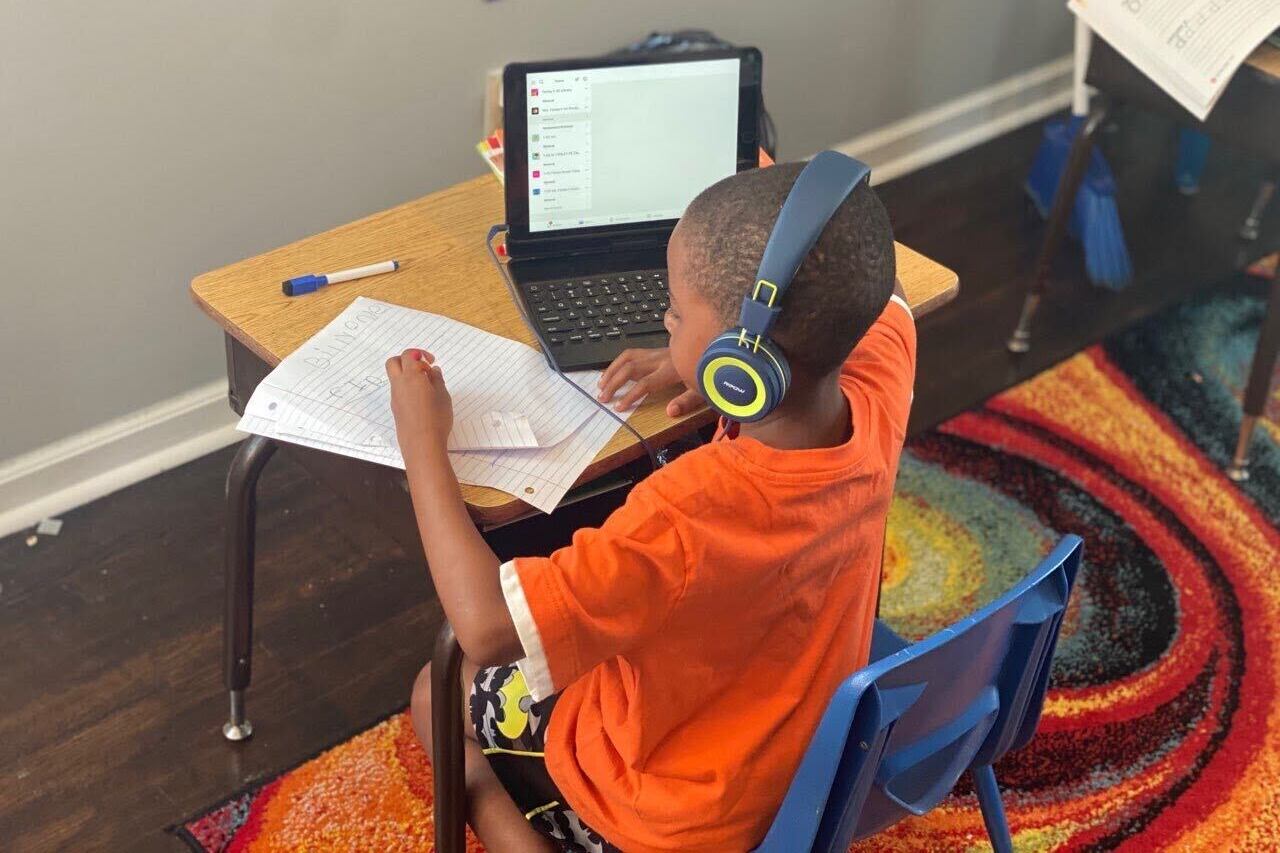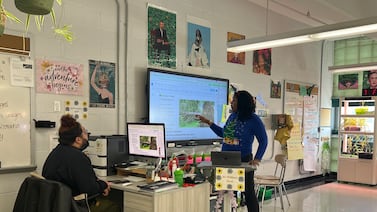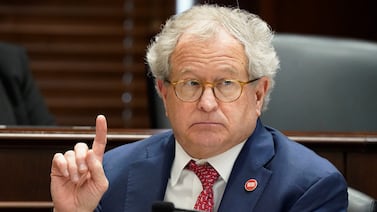By the second day of virtual learning, Arionna Onley knew that more than four hours of live instruction wasn’t going to work for her son, a first grader at Downtown Elementary in Memphis.
She took her concerns to Facebook and started a petition that in one week has garnered more than 17,000 supporters. The petition calls for live instruction via videoconferencing to be shortened three hours to 8 a.m. to noon rather than going until 3 p.m.

“The teachers are doing a fantastic job trying to keep the kids motivated … but it’s virtual. It’s entirely too long,” she said. “I can see my son, who is usually bright and bubbly, shrinks after an hour or two.”
Shelby County Schools entered into its second week of all-online learning Tuesday. As districts across the nation grapple with how to shift learning online if the coronavirus spread in their community is high, parents are among the first to notice issues.
In its state-approved plan on how the district will deliver instruction during the pandemic, Shelby County Schools said it would rely on teacher-led lessons taught live through videoconference. The state requires 6.5 hours of daily instruction that could also be met through recorded lessons and students independently completing assignments.
“Independent work and physical activity is also built into each day. We do not expect students to work on-screen for 6.5 hours continuously each day,” the district said in a media statement Tuesday in response to the petition.
A sample schedule provided in the district’s virtual learning guide allows between 30 minutes and an hour and 45 minutes of independent study each day depending on the grade level, but schedules vary by school. Onley and petition signers would like to see that increase to three hours every day.
“There’s a lot of pressure to be live every day in your own home in a pandemic,” she said. If the district incorporated more independent study, she said, students would be able to “go back and watch those videos or sit on the floor and watch with a blanket and not have to worry about what they look like, where they’re kind of comfortable.”
Her son, Billy, she said, is “super duper shy,” and during videoconferences, “being called on is like being on stage in front of a million people to him.”
She acknowledges the recommended change would not fully alleviate her concerns about too much screen time for children, but less time on live videos would encourage more brain breaks.
Aleah Henderson, a close friend of Onley’s who signed the petition after seeing it on Facebook, said more time for independent study would allow her to help her 6-year-old daughter more before her work shift begins at 4 p.m.
During the 6 ½-hour school day, Henderson said she often has to redirect her daughter when she sees her fidgeting, playing her with a folder or trying to make a beat with her pencil.
“She just says when are we going to real school? When can I see my friends?” Henderson said of her daughter.
Onley said she has not heard from district leaders about the petition yet, but has tagged the district in several social media posts. She hopes to meet with Superintendent Joris Ray to discuss her concerns.
The district said schools have crafted their schedules to “maximize student engagement while also recognizing our students and families are adjusting to the virtual learning environment.”
“As always, we value family input and continue to ask for grace and patience as we navigate through this new normal together,” the statement said.






